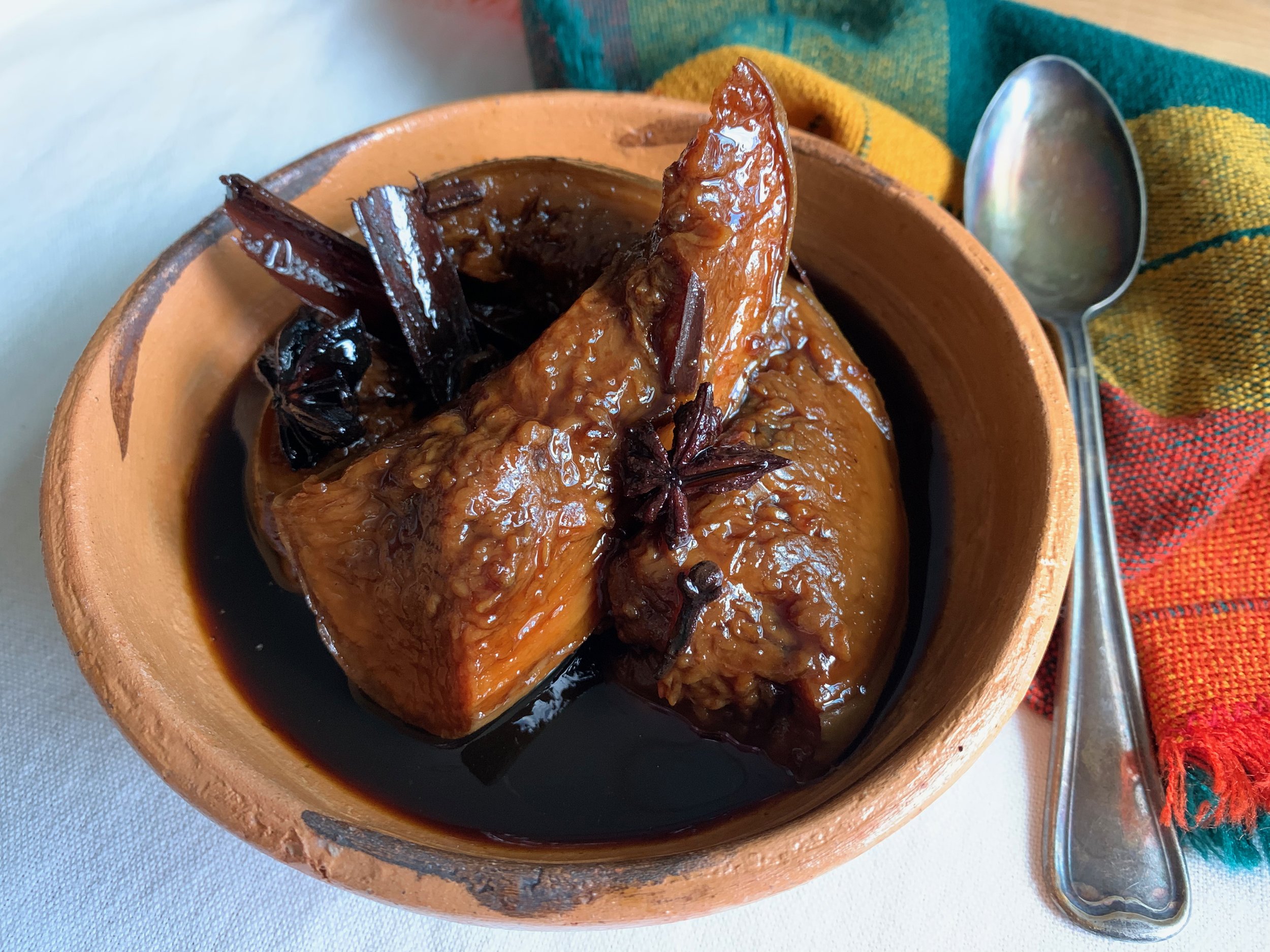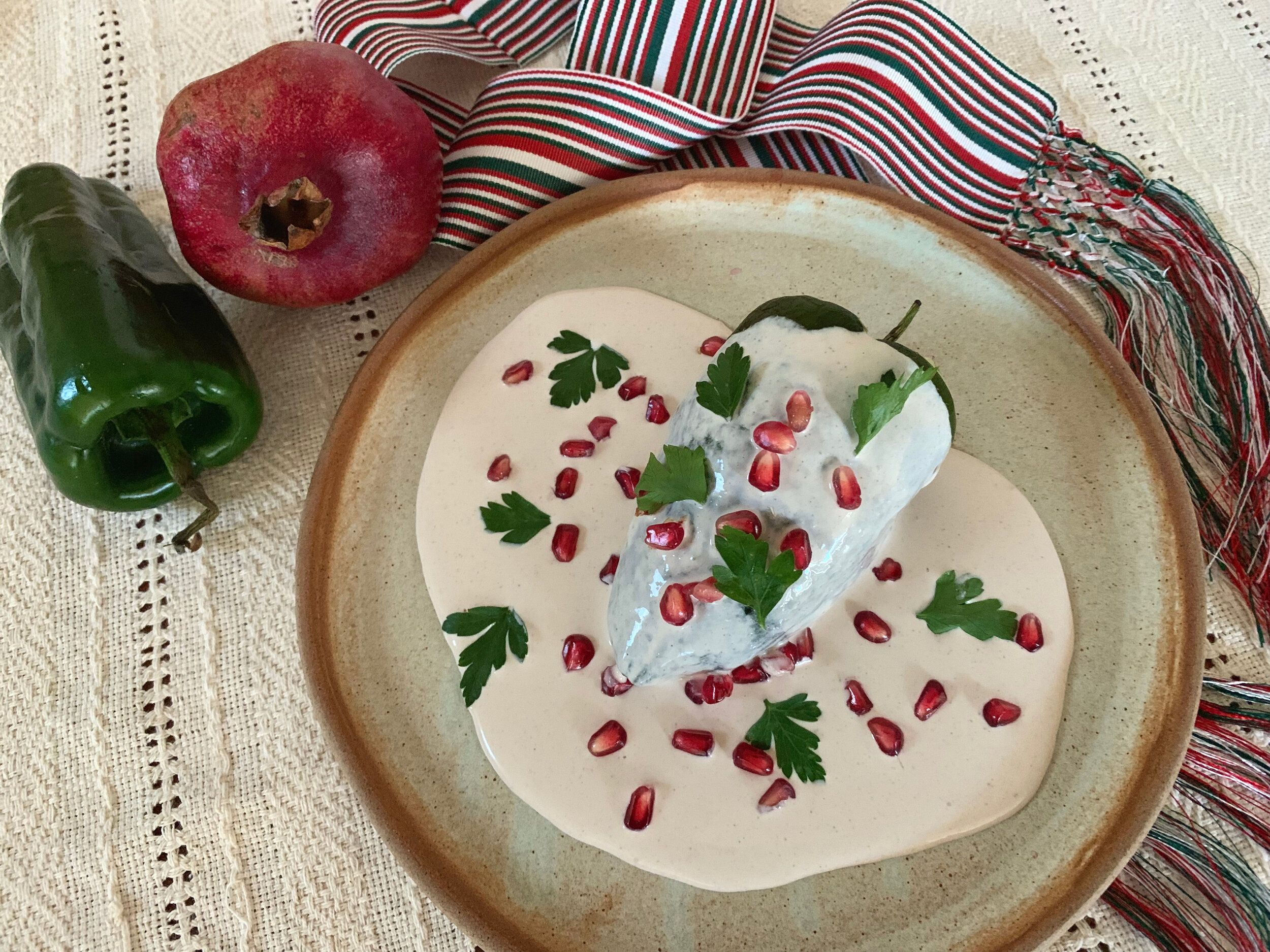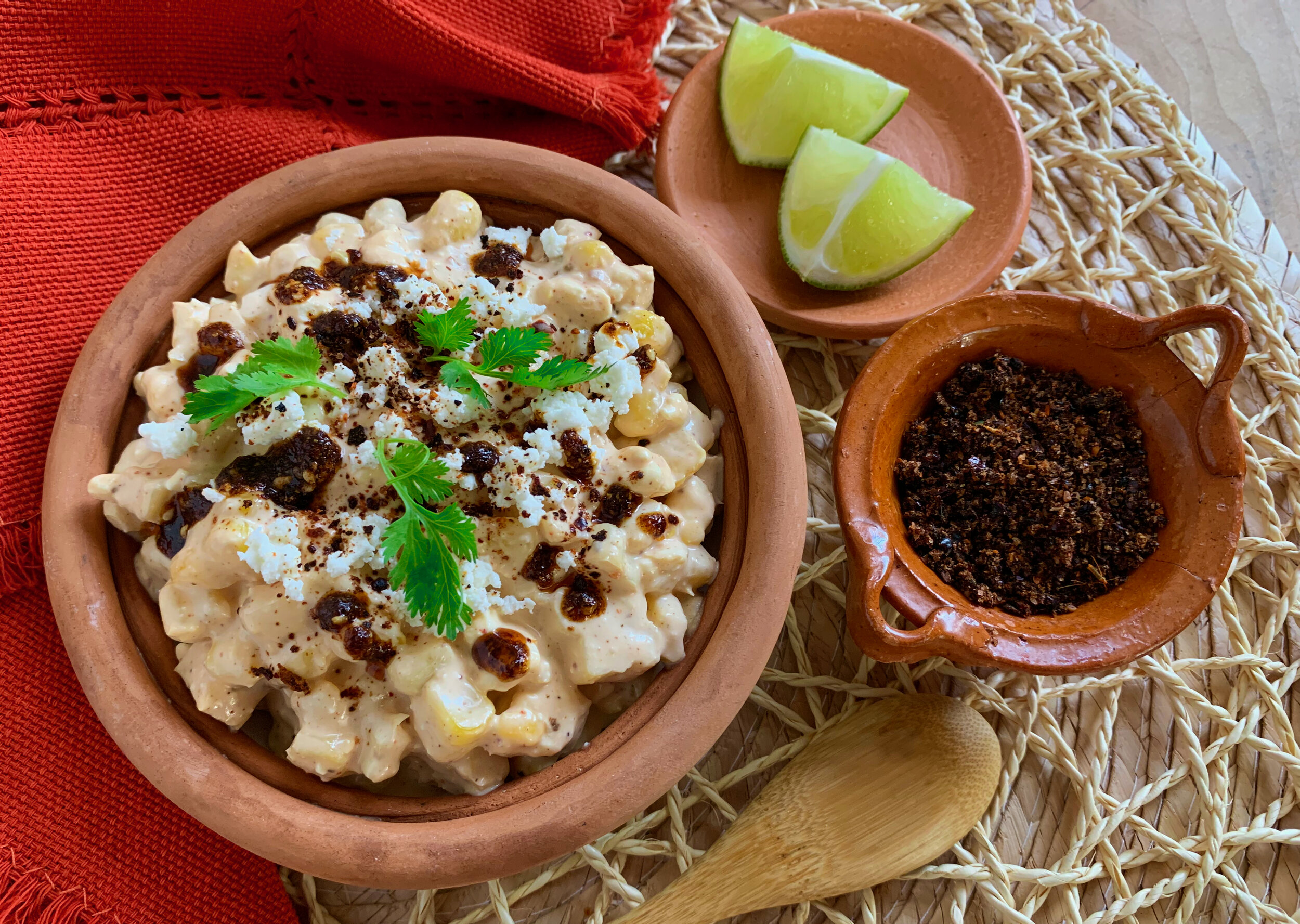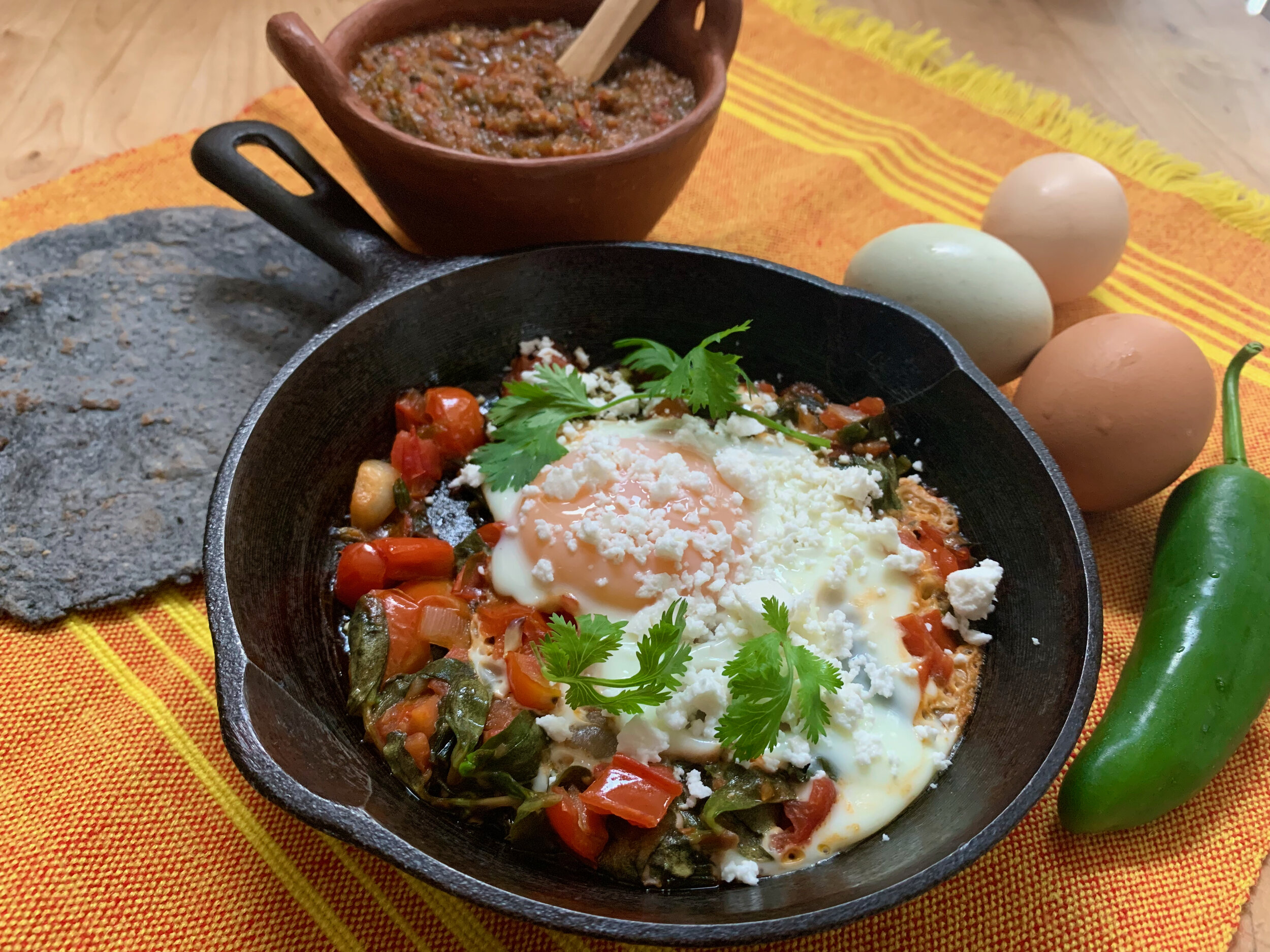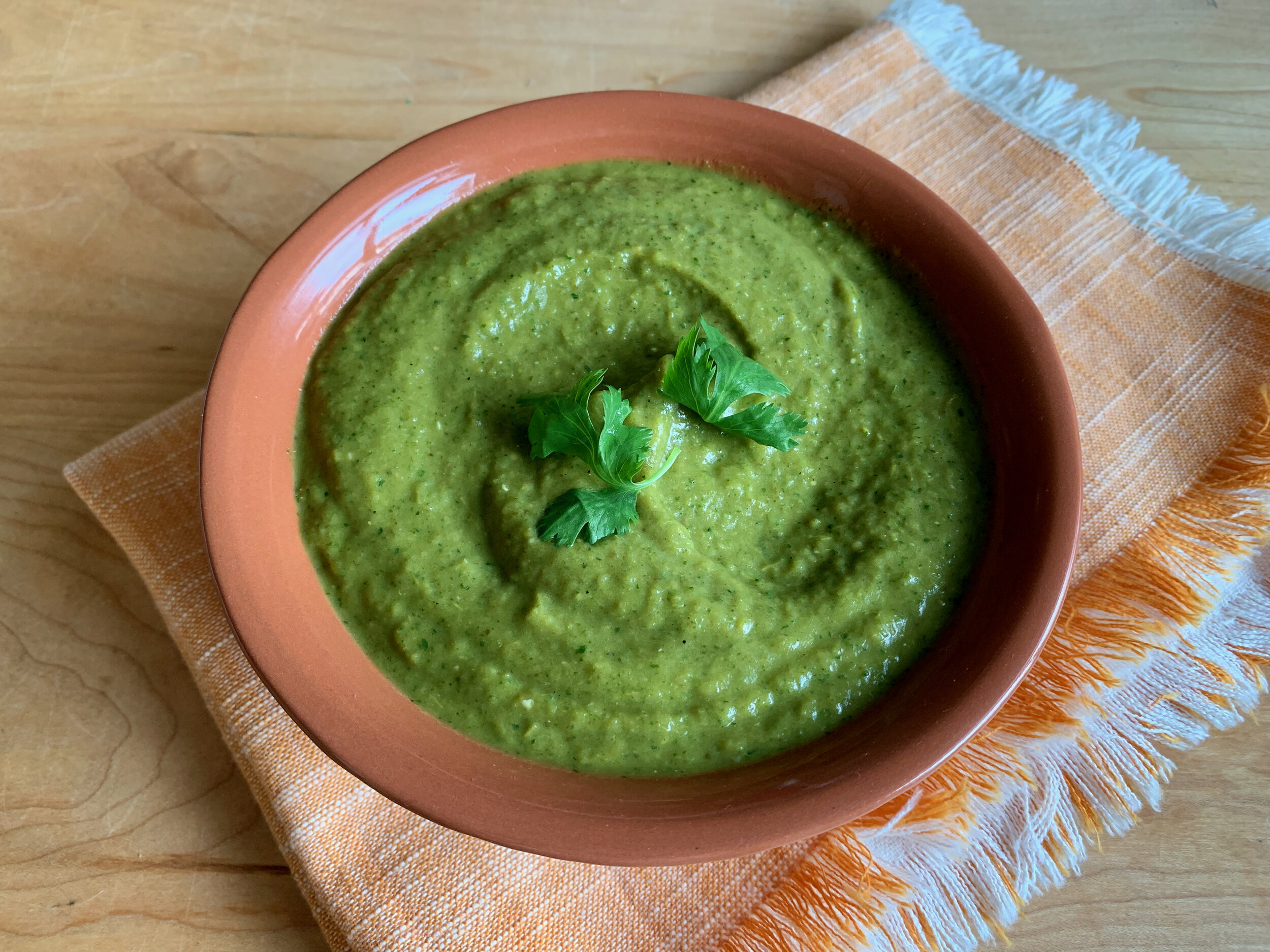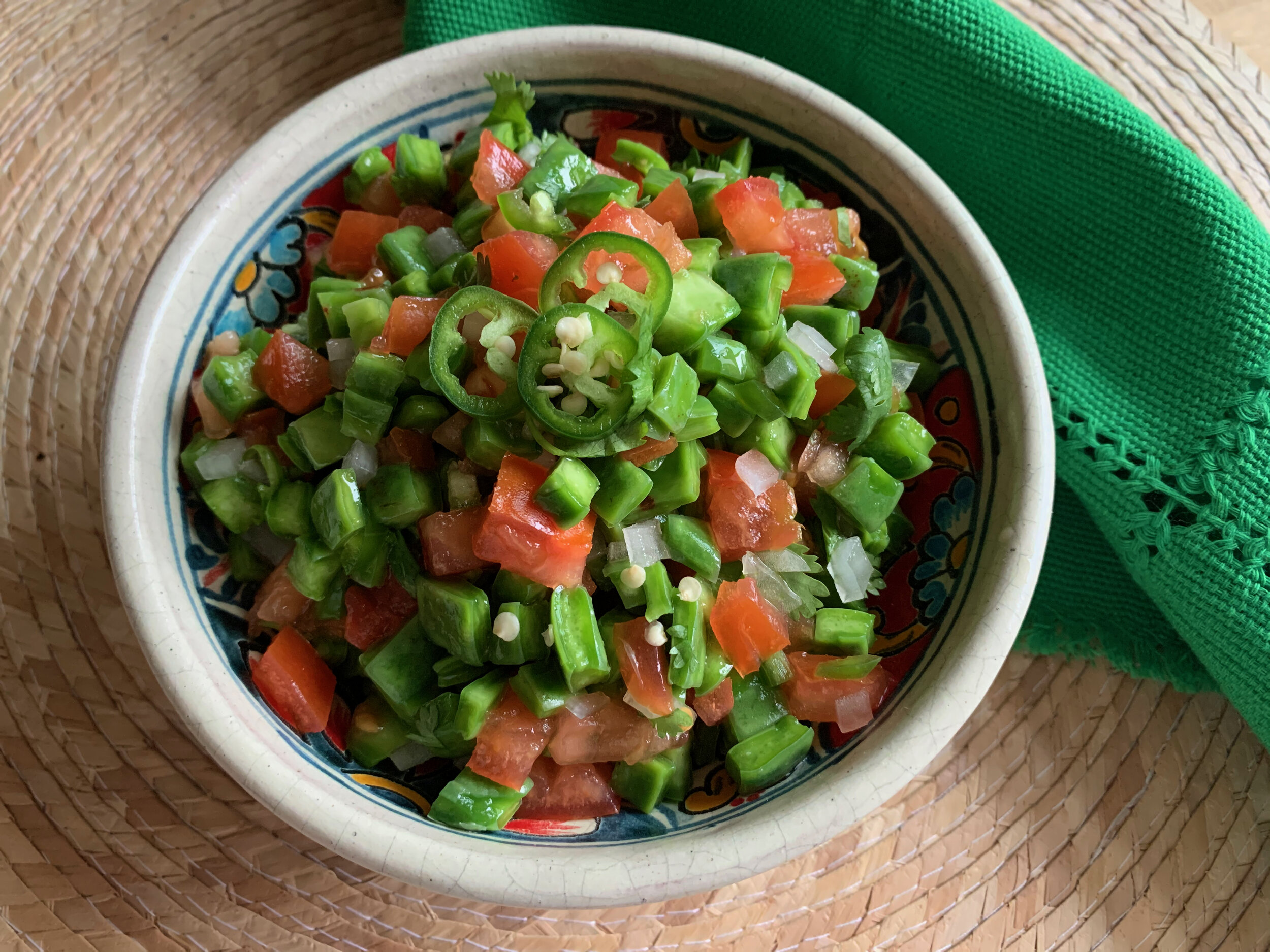My favourite Mexican holiday is fast approaching and I am getting ready making a couple of things that are a must in my family. First and foremost, is making Pan de Muerto (see recipe here in the blog), which is fun to make, especially because my whole family is involved; and second, is making Calabaza en Tacha, this braised pumpkin in piloncillo syrup.
Calabaza en Tacha originated in colonial Mexico, in the sugar mills. In the process of boiling aguamiel (sugarcane juice) down, they would cook whole pumpkins in the syrup in huge cauldrons called “Tachos”, so this dessert acquired the name of Calabaza en Tacha, simply meaning pumpkin cooked in the tacho. Us Mexicans love our sweets, and this dessert has survived the test of time and is still very popular today. It is eagerly awaited this time of year, when pumpkins are harvested, and it has also a place of honour in the altars of the Day of the Dead.
In Mexico, this recipe is made using Calabaza de Castilla, a native, meaty pumpkin that acquired its current name after it was taken to Queen Isabel of Castilla who liked it so much she gave it that name. If you cannot find calabaza de Castilla where you are, you can use Jamaican or pie pumpkin. The recipe I’m sharing with you today is very simple, but I know people that add other fruits to the mix - like oranges or guavas, or even pieces of sugarcane. Oranges are delicious as they impart a bit of acidity to the syrup, and guavas add a floral note. If you choose to use them, add them about halfway through the cooking time, so they don’t completely fall apart.
In many parts of Mexico, this pumpkin is served in small bowls drizzled with milk or cream, but in my house in Monterrey we always had it just in syrup. Either way, it’s delicious!
I used a medium pumpkin, knowing it would make lots, but I usually use at least half to make empanadas: simply scrape off the flesh of the cooked pumpkin pieces, place in a frying pan and mash. Cook over medium low heat until completely dry. I then use this mashed mixture and sweeten to taste to make the most addictive pumpkin empanadas.
CALABAZA EN TACHA
Braised Pumpkin in Piloncillo Syrup
350g - 1000g piloncillo, demerara or dark brown sugar (*see note below)
3-4 3” pieces Mexican canela or 2 cinnamon sticks
2-3 pieces star anise
5 whole cloves
4 cups water
2200g pumpkin - de Castilla or Jamaican, but otherwise pie pumpkin is good too, seeded and cut into small wedges.
In large Dutch oven, place water and piloncillo. Bring water to a boil, turn the heat down and cover and cook for about 10 minutes, just until piloncillo is dissolved completely. If using brown sugar, just mix it in and make sure it dissolves, it does not have to cook as long.
Add canela, star anise and cloves and then add the pumpkin, placing the bottom layer skin side down and the top layer skin side up.
It may not look like a lot of liquid, but the pumpkin will release liquid as it cooks. Make sure the liquid is at a simmer, then cover the pot and cook, checking every 30 minutes, until the pumpkin is tender - it may take one hour or a bit longer, depending on the kind or pumpkin you’re using.
Once the pumpkin is tender, remove the pumpkin and leave the liquid in the pot. Turn up the heat and cook until reduced to a thick syrup. Be careful it does not scorch.
When the syrup has thickened to your liking, turn off the heat and let it cool.
Serve pumpkin, at room temperature, drizzled with syrup or milk.
* The original Calabaza en Tacha is extremely sweet and is truly candied. I don’t like things very sweet, that’s why I went with the lesser amount of piloncillo. If you want, you can increase the amount to the larger amount, and you will have a very sweet and syrupy pumpkin.
** This pumpkin is great to use as a filling for empanadas, if you remove it from the skin, mash it and cook it down in a frying pan to remove all of the moisture.
Serves 8-10.


